We Need a New Jail!
Expect that call to come soon, for there is no question about it: the Broome County jail is filling up, steadily reversing declines in the jail’s population in recent years from well over 500 incarcerated to less than 300 local residents. While there is little information from county officials, reports from inside recount persons being haphazardly “double-bunked”, a second shift laundry shift being put in place, and buses arriving and departing with waves of new detainees.
What’s Up?

The most immediate cause behind the rising numbers? From press reports one suspects the new 287g agreement the Sheriff inked with Immigration and Customs Enforcement (ICE), one of just four Sheriffs to do so out of 62 counties statewide. After a protest out at the jail and a disastrous public townhall, Sheriff Akshar revealed that eighty-eight ICE detainees had in a short period been cycled in and out of the jail.
Who they were, what charges they faced, how long they were in jail, and where they went is unknown. It’s a bit mysterious. While in the jail ICE detainees were housed in locations without visitation. They were not recorded on the Sheriff’s app’s roster, nor the ICE locator, nor the Federal locator. Family and friends didn’t know where they were. Was this a momentary surge for a few days or a continuingtrend?
A Freedom of Information Law (FOIL) request to the NY State Department of Criminal Justice (DCJS) for the daily reports points toward an answer (data attached here). Here is a plot of the occupancy figures for the jail from January 1 to March 31, 2025:

Overall, the jail population has increased by over 27% in the first 4 months of year and over 30% above the average for 2024 (323).
What’s driving the increase?
What stands out first is the abrupt peak in late March at 450 persons housed in the jail—attributable indeed to the quick influx of persons held for ICE who cycled in and out quickly. Where did they come from? From outside Broome county, following upon March 24-28th ICE raids in the Buffalo, Rochester, Syracuse and surrounding areas that led to the capture of 133 people, overwhelmingly persons without any criminal conviction as has been the case for deportations nationally (ICE reports only eight of the 133 had a criminal record in their past—far below the one third of Americans who have a criminal record). For Broome County this was an unprecedented surge. While the county sheriff has for over two decades had an agreement to house persons on Federal charges, the daily average in the last ten years was eighteen. The FOIL data shows that in late March there were seventy-six people incarcerated for the Federal government.
Why the Broome jail? And where did they go after their short stay? ICE has only one detention center in New York, in Batavia outside Buffalo. ICE relies on jails to house detainees when Batavia is full up as it has been lately. Broome apparently offered up spaces in return for payments of about $100/day per person. From the Broome jail we know some individuals went to Boston, some to other jails (e.g. in Delaware county), and many to Texas for immediate deportation. It’s a common NY pattern as research published by the Deportation Data Project and mapping by Bloomberg reveal:

While the March ICE surge moved in and out quickly, the number of Federal persons has steadily creeped up since them. The Sheriff for his part repeatedly states he will do all ICE asks of him, and he has sent officers off for extensive ICE training and certification. What they will do when their training is complete is unknown.
A second source for accelerating jail numbers is the state prison crisis driven by violence and strikes by correction officers. Statewide protests against the on-camera murder of Robert Brooks Sr, followed by the murder of Messiah Nantwi, were accompanied by an illegal strike by thousands of correctional officers who demanded more power, money, and the nullification of the HALT law that has limited solitary confinement. Faced with prisons with no officers, the Governor called in national guard troops to help run the prisons. This was costly, running an extra $100 million per month. Sheriff Akshar and Congressional Representative Josh Riley sided with the officers, joining them on picket lines outside prisons. After extended negotiations 2,000 officers decided not return to work and the Governor fired them–creating a continuing carceral crisis.
The state prison crisis dramatically increased persons in county jails as the transfer of convicted persons to state prisons, or “state readies”, was stopped by prison authorities. At the beginning of 2025 the number of persons waiting transfer to state prisons from the Broome County jail was less than five. Thereafter the numbers rose inexorably and are now ten times that number, adding to increases in Federal detainees. The upward trendlines in both are unmistakable when charted:
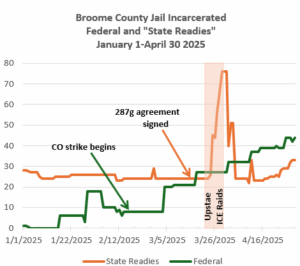
It is tempting to assume the rapid rise in ICE detainees and persons awaiting transfer to state prisons will reverse as staff is rebuilt at prisons and new ICE detention centers. The latest state budget includes at least an additional $500 million however to cover continuing costs to offset the 2,000 missing officers. Meanwhile current budget proposals in Congress propose an extraordinary 365% increase in ICE’s current $3.4 billion budget, with $12.4 billion for detention alone. It is unlikely current either of these trends will be reversed in the near future.
The future? Build more cells—or empty them?
A simple linear projection of current trends estimates the number of persons in the jail will by late summer hit 500, and by late fall the maximum capacity of 550 persons will be breached.
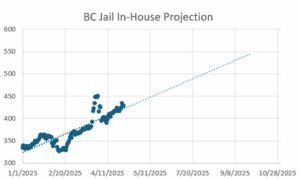
Barring any offsetting trends, expect the Sheriff and County legislators to launch a campaign for a major new jail expansion, extending efforts to increase jail populations by rolling back recent bail, parole, and earned time reforms.
What might counter such trends? New York State legislators could pass both the New York for All bill that would prevent all local law enforcement officers from collaborating with ICE, and the Earned Time Act that would extend release to more incarcerated men and women. State Senator Lea Webb and State Assemblyperson Donna Lupardo are among the many who support both bills. County legislators might move funding from jails as medical treatment centers to community treatment centers that have public oversight. And perhaps we might no longer accept that there is a “staff shortage” at state prisons and recognize–as even the Governor and the NYS Department of Corrections do when faced with the prison crisis–that prisons actually have a surplus of people incarcerated for far too long. It’s time to let them return home.







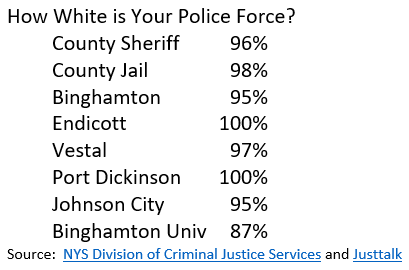







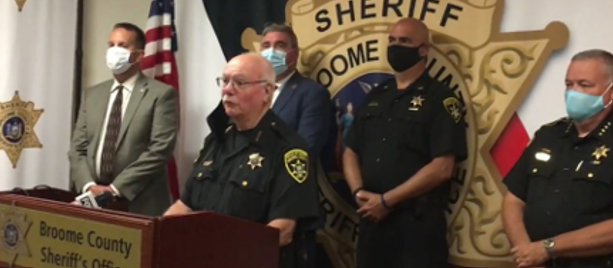
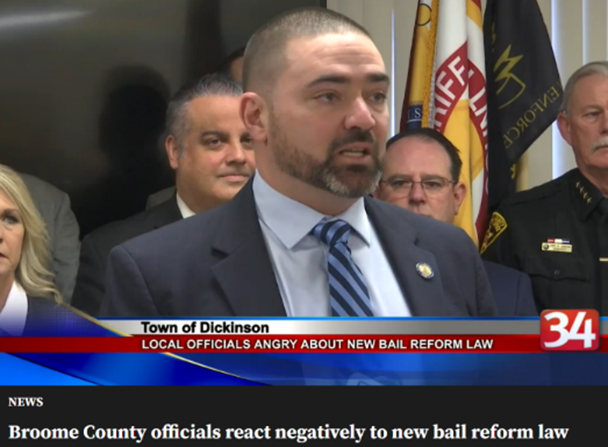
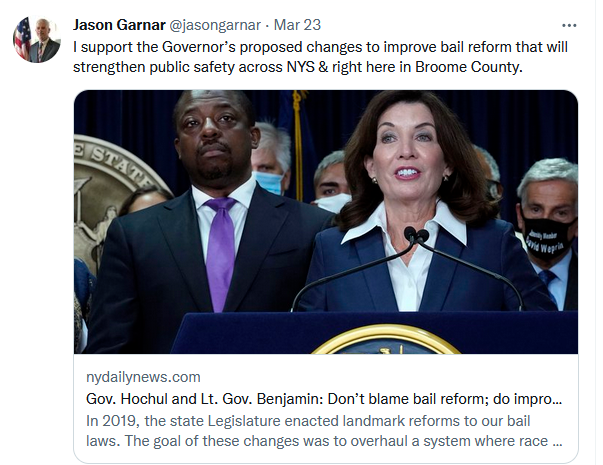
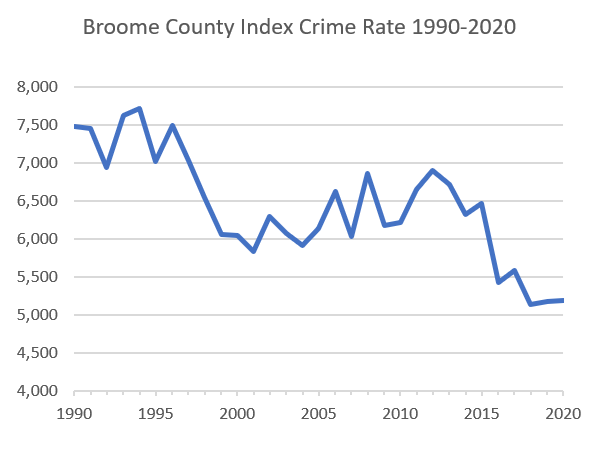

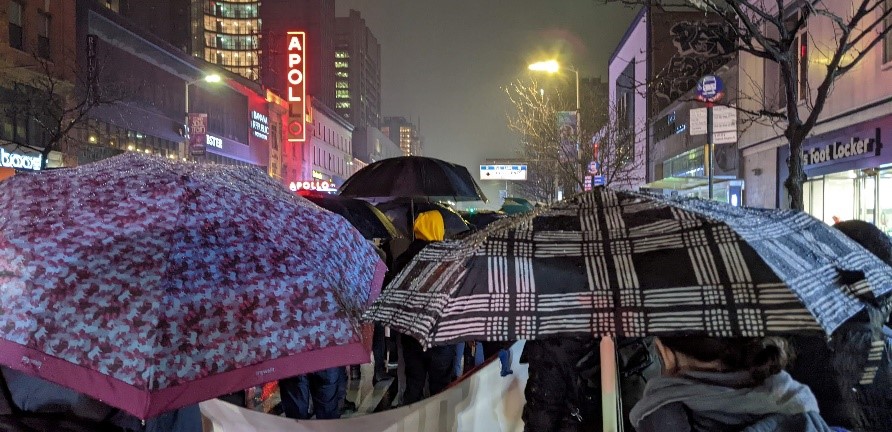

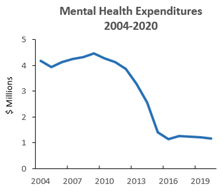
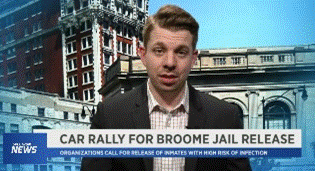
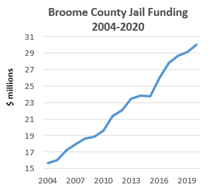






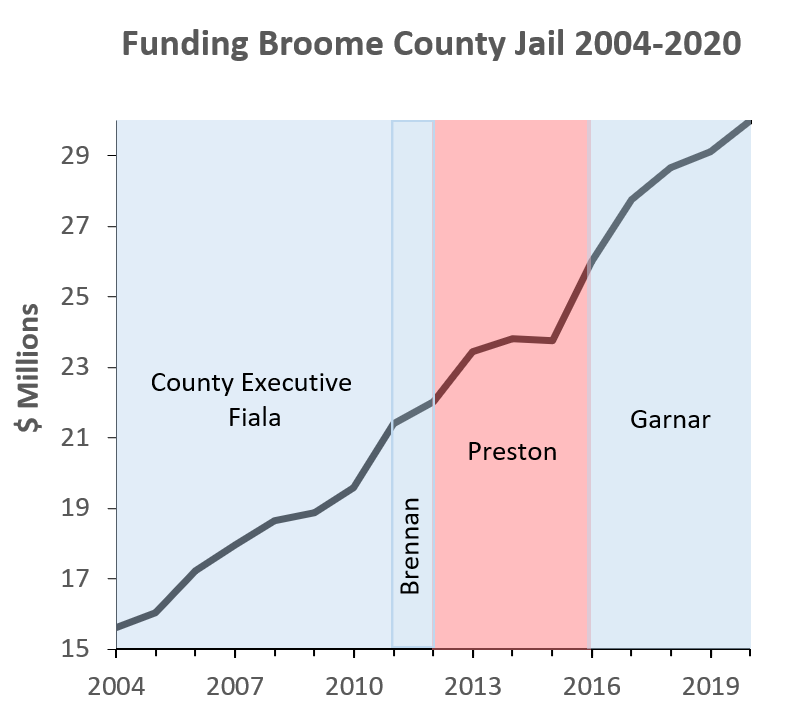


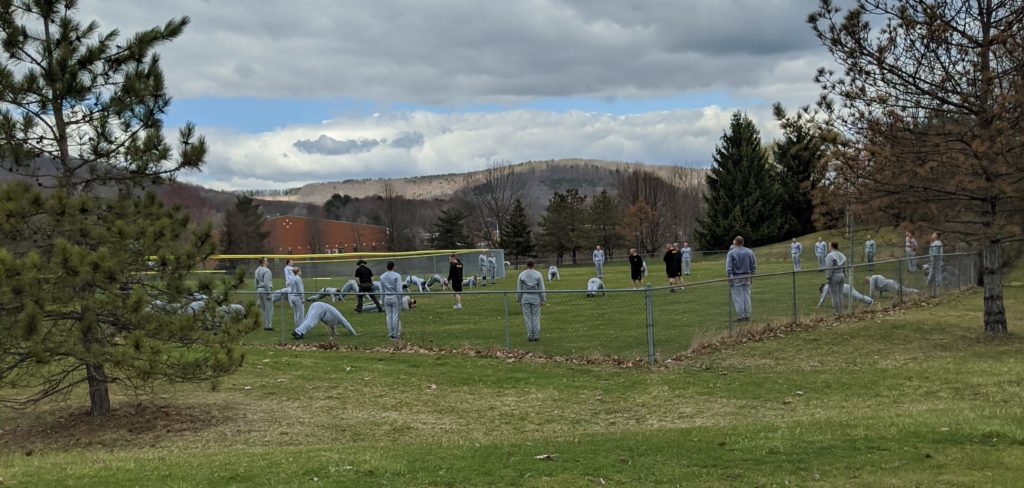


Recent Comments